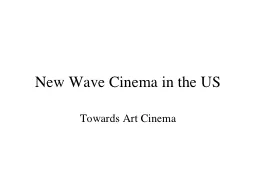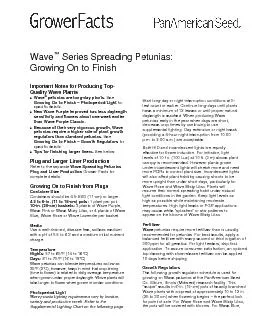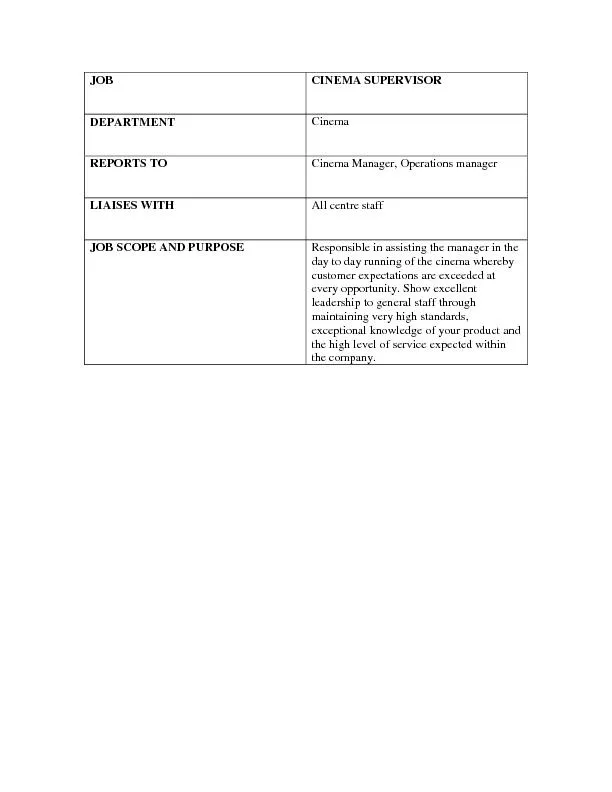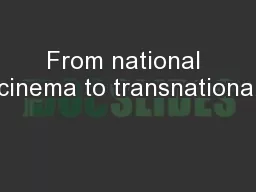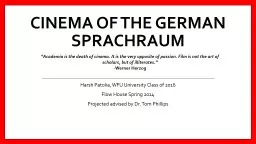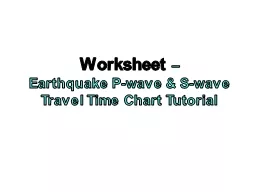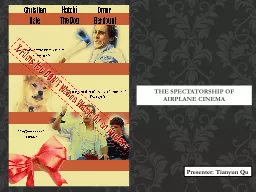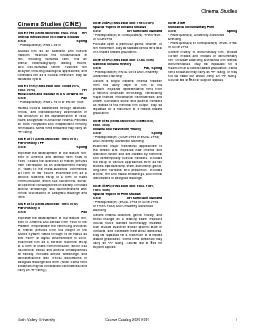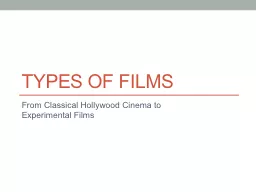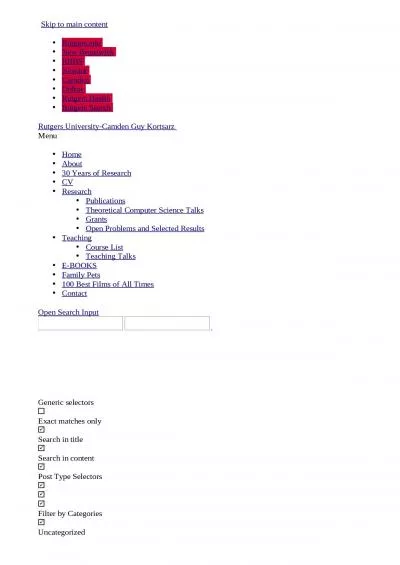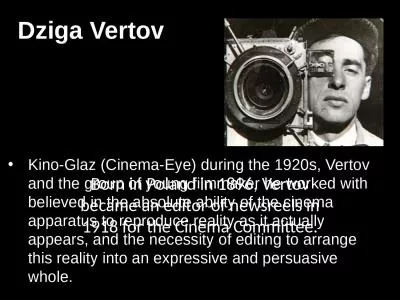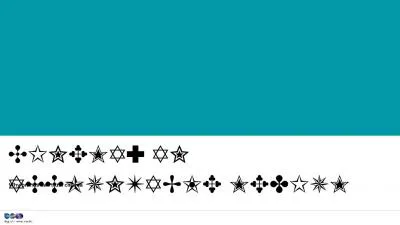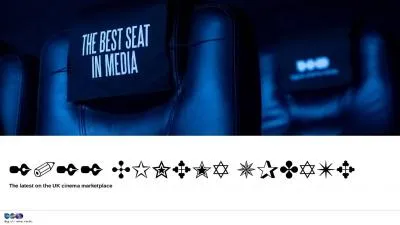PPT-New Wave Cinema in the US
Author : billiontins | Published Date : 2020-06-30
Towards Art Cinema American New Wave Cinema Butch Cassidy and the Sundance Kid 1969 a revisionist Western film by George Roy Hill about two outlaws and their friendship
Presentation Embed Code
Download Presentation
Download Presentation The PPT/PDF document "New Wave Cinema in the US" is the property of its rightful owner. Permission is granted to download and print the materials on this website for personal, non-commercial use only, and to display it on your personal computer provided you do not modify the materials and that you retain all copyright notices contained in the materials. By downloading content from our website, you accept the terms of this agreement.
New Wave Cinema in the US: Transcript
Download Rules Of Document
"New Wave Cinema in the US"The content belongs to its owner. You may download and print it for personal use, without modification, and keep all copyright notices. By downloading, you agree to these terms.
Related Documents

